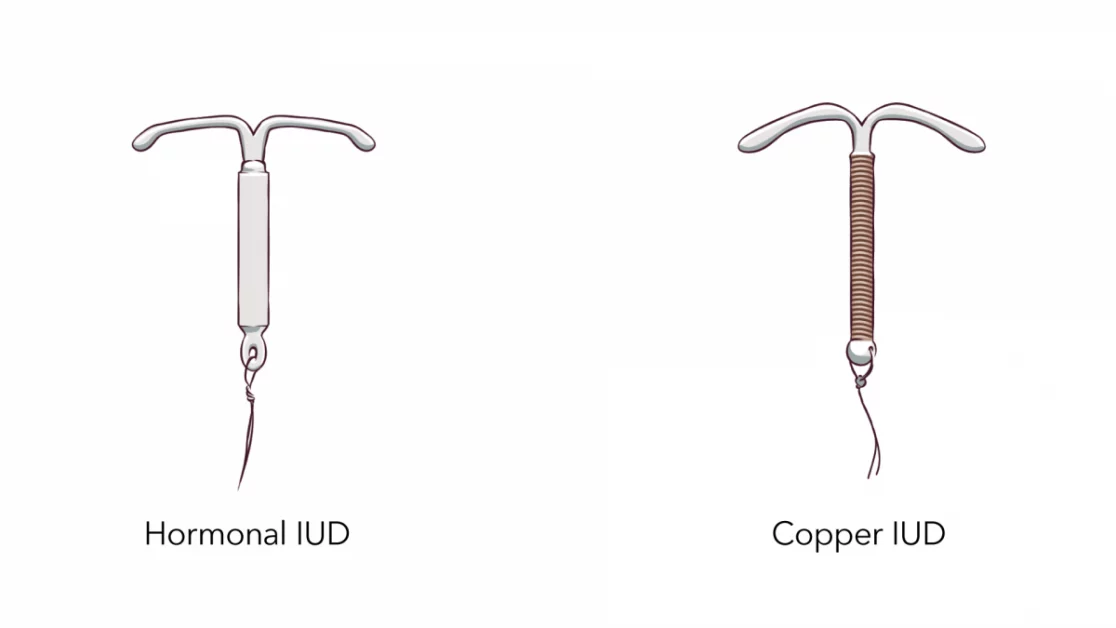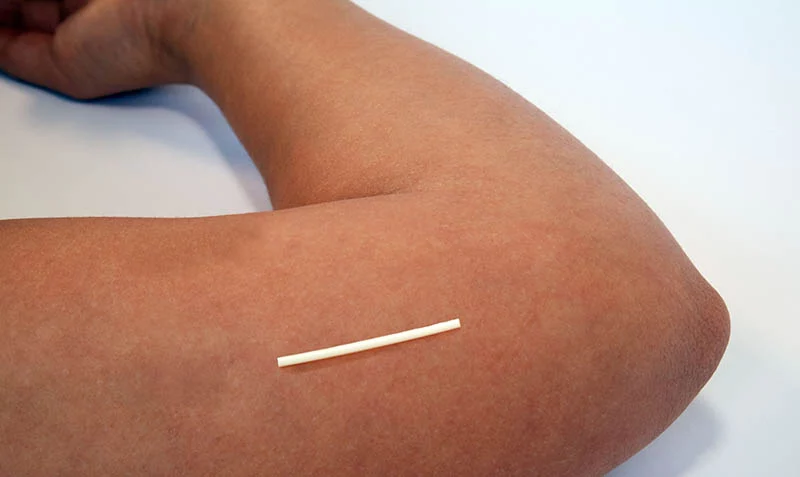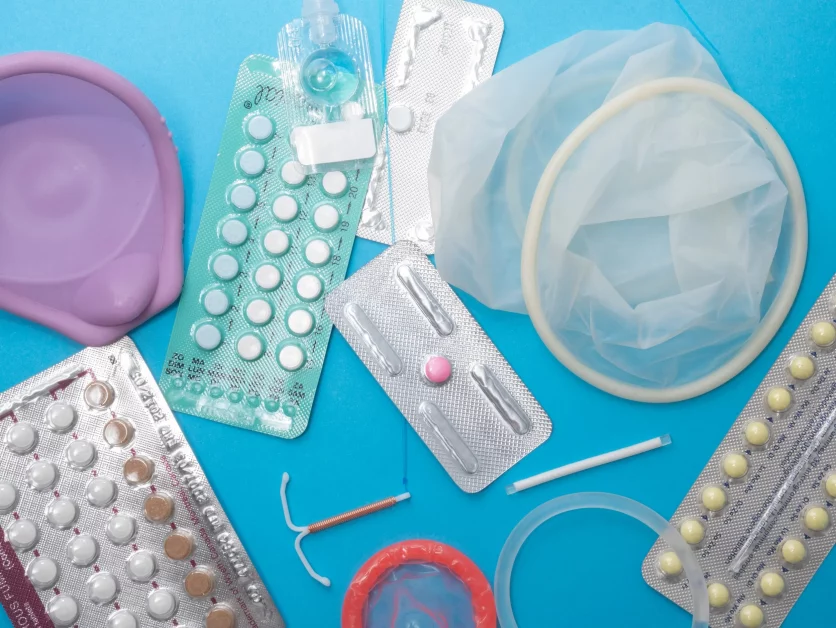As we look forward to commemorating World Contraception Day 2022, Marie Stopes Kenya and Switch Media are open to discussing the topic of contraception and the types of birth control.
Contraception is known as the purposeful avoidance of conception through the use of various devices, sexual behaviors, chemicals, medications, or surgical treatments.
Contraception comes in a wide variety of forms, but not all of them are suitable in all circumstances.
The best form of birth control relies on the person’s age, overall health, frequency of sexual activity, number of sexual partners, desire to have children in the future, and family history of specific diseases.
Before using any form of contraception, Josiah Mondeza of Marie Stopes Kenya advises that one should have a service check-up.
“It is important for a client to go for several check-ups before ingesting any form of contraception,” said Mondeza.
In addition, you should ask which approach will work best for you and your lifestyle and also which technique guards against STIs.
How about user-friendliness? Potential negative effects? How well will it work?
Subscribe to our YouTube channel to catch your favorite Switch TV shows as we break down the pros and cons of some contraception in accordance to observe World Contraception Day.
Oral Contraceptive Pill
It is a tiny tablet that is taken once daily. Finding the correct tablet for you requires choosing from among a variety of available options.

While the small pill only includes progestin, the combination tablet also contains estrogen. The pill may have many advantages, but it’s crucial to remember to take it on schedule.
Taking the tablet has advantages like; Highly successful when used properly; allowing for sexual spontaneity and doesn’t interfere with sex; certain medications may even lessen painful, heavy periods or may be useful against acne.
Cons include: It can only be used by women; it is not appropriate for women who cannot use estrogen-containing contraception; it does not protect against STIs. Forgetting to take your pill reduces its effectiveness.
Intrauterine Device (IUD)
This tiny, T-shaped device is inserted into a woman’s uterus by a qualified healthcare professional and is constructed of copper and plastic or a substance containing progesterone hormone.

It is a reversible, long-acting method of contraception that, depending on the kind, may be used for three to ten years.
Some IUDs have hormones to inhibit pregnancy that is released gradually. If the IUD is fitted by a medical practitioner within five days (120 hours) of having unprotected intercourse, it can also be a useful emergency contraceptive.
Pros: You are nearly as protected as you can be by a contraceptive method because copper-containing IUDs are 99% effective and hormone-containing IUDs are 99.8% effective.
Cons include: Needs a skilled healthcare professional for insertion and removal; does not protect against STIs; irregular bleeding and spotting happen in the first six months of use.
The Contraceptive Implant
In this procedure, a short, flexible rod is inserted beneath the skin of the upper arm of the lady, releasing a progesterone analog.

The hormone thickens the cervical mucus, which makes it more difficult for sperm to enter the womb, and prevents the ovary from releasing the egg.
The rod must be fitted and removed from the implant using a brief process under local anesthesia, and the implant needs to be changed after three years.
The implant’s advantages include being a long-lasting, reversible method of contraception, being highly effective, and not interfering with sex.
Cons include: Needs a skilled medical professional for insertion and removal; occasionally there may be irregular bleeding at first; does not offer STI protection.
Contraceptive Injection
A synthetic progestogen hormone is present in the injection. The hormone is injected into a woman’s buttock or upper arm, and over the course of the following 12 weeks, it slowly releases into circulation.
Pros: The injection is quite successful, can last up to three months, and allows for spontaneous sexual encounters without interfering with them.
Cons: The injection can disrupt periods or create irregular bleeding; it’s important to keep track of how many months have been used, and it doesn’t offer STI protection.
Emergency Contraception Pill (The ‘Morning After’ Pill)
If no contraception was used, a condom broke during sex, or a woman experienced sexual assault, the Emergency Contraception Pill can be taken to prevent pregnancy after sex.
Even though it is occasionally referred to as the “Morning After” pill, it can be effective for up to five days following unprotected sex. It works best when taken as soon as possible; when taken during the first three days of sex, it stops roughly 85% of predicted pregnancies.
Special doses of female hormones are in this pill. Even women who are unable to take other oral contraceptive pills can use the emergency contraceptive pill. Without a prescription, one can get it over-the-counter at a pharmacy or chemist.
Emergency contraception frequently causes nausea and vomiting, and the next period may come early or late. The use of emergency contraception does not offer STI protection.
Condoms
The condom is the only method of birth control that can both prevent pregnancy and protect against the majority of STIs. This hormone-free, on-demand method of contraception is portable and may be simply taken around.

Both male and female variants are available.
Male condoms are rolled onto an erect penis and serve as a physical barrier to stop the exchange of sexual fluids during sex. Just prior to having sex, the female condom is inserted into the vagina.
The female condom is not quite as effective as the male latex condom based on average use, and it could take some getting accustomed to.
Pros: It offers the best STI defense, is available whenever needed, and is hormone-free.
Cons: If not used correctly, it may break or come off during sex, and some people have allergies to latex condoms.
















